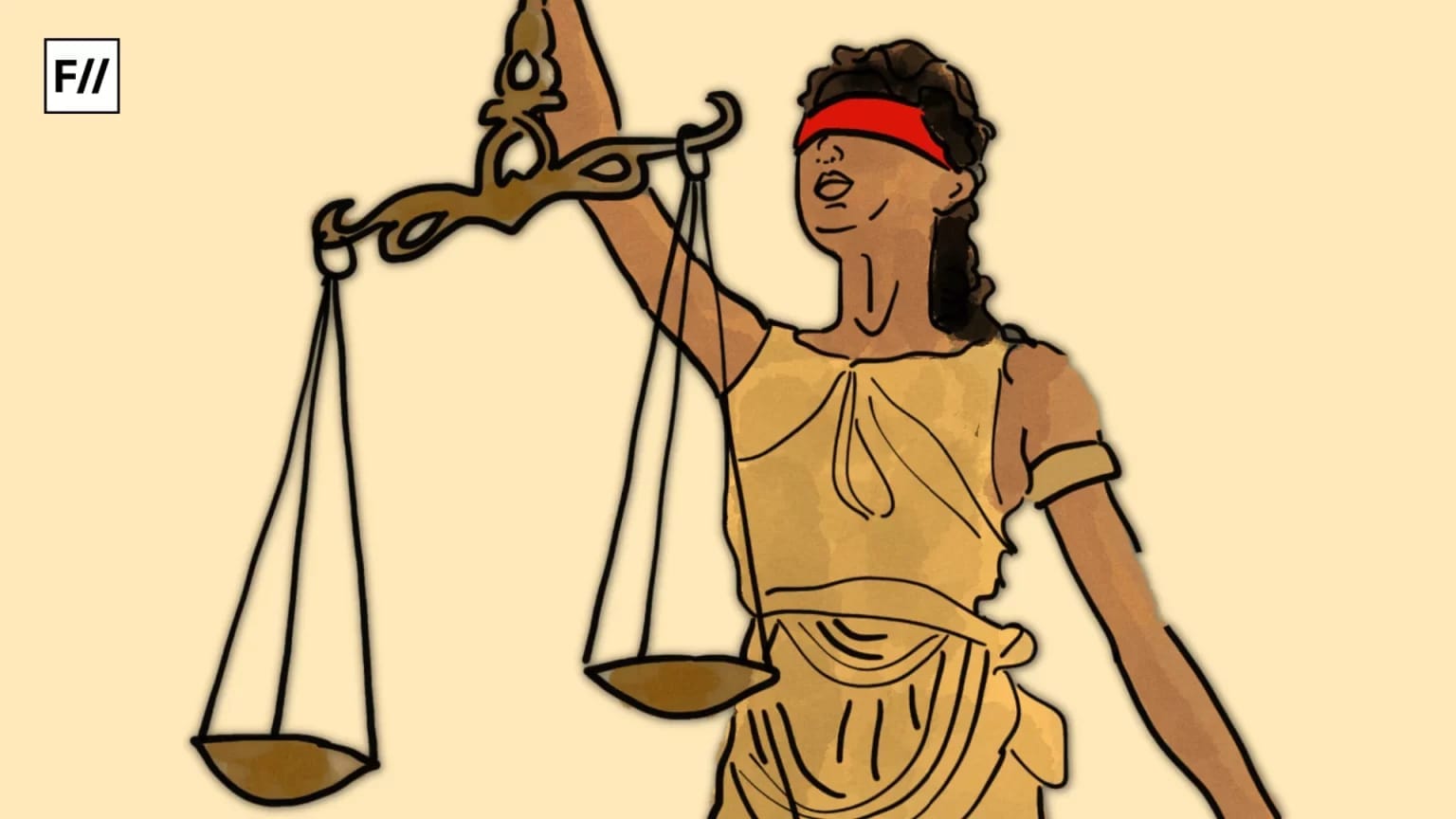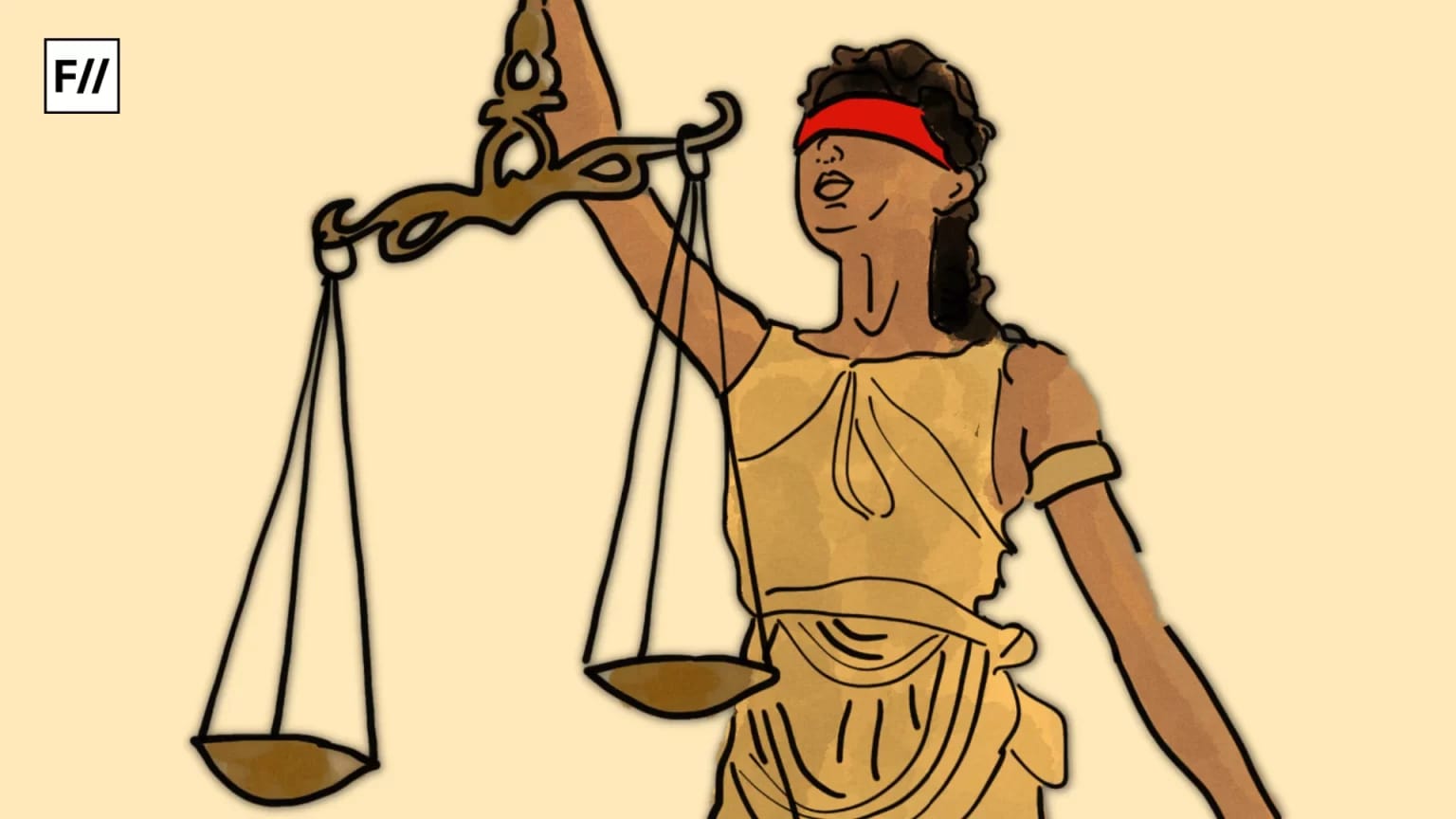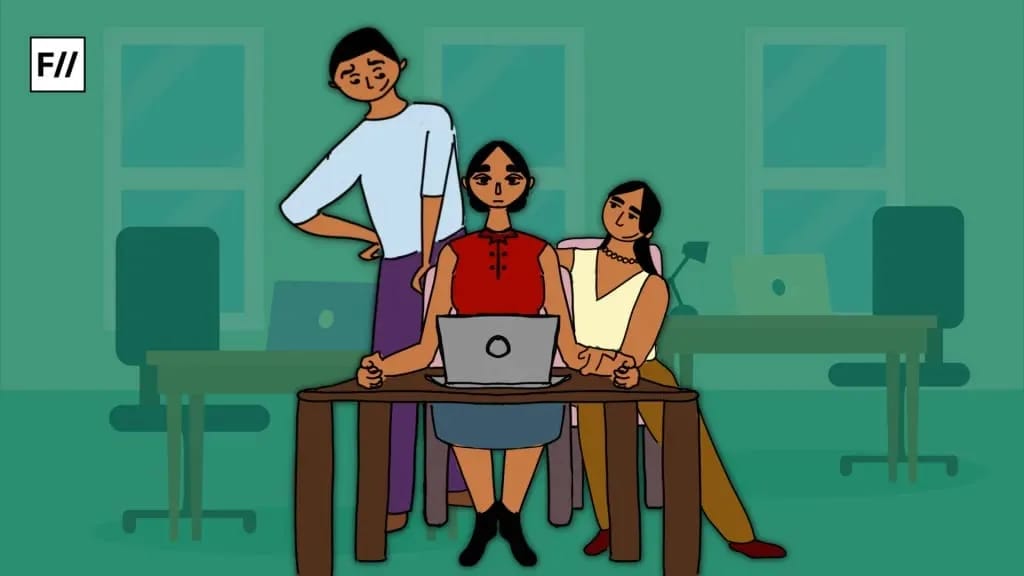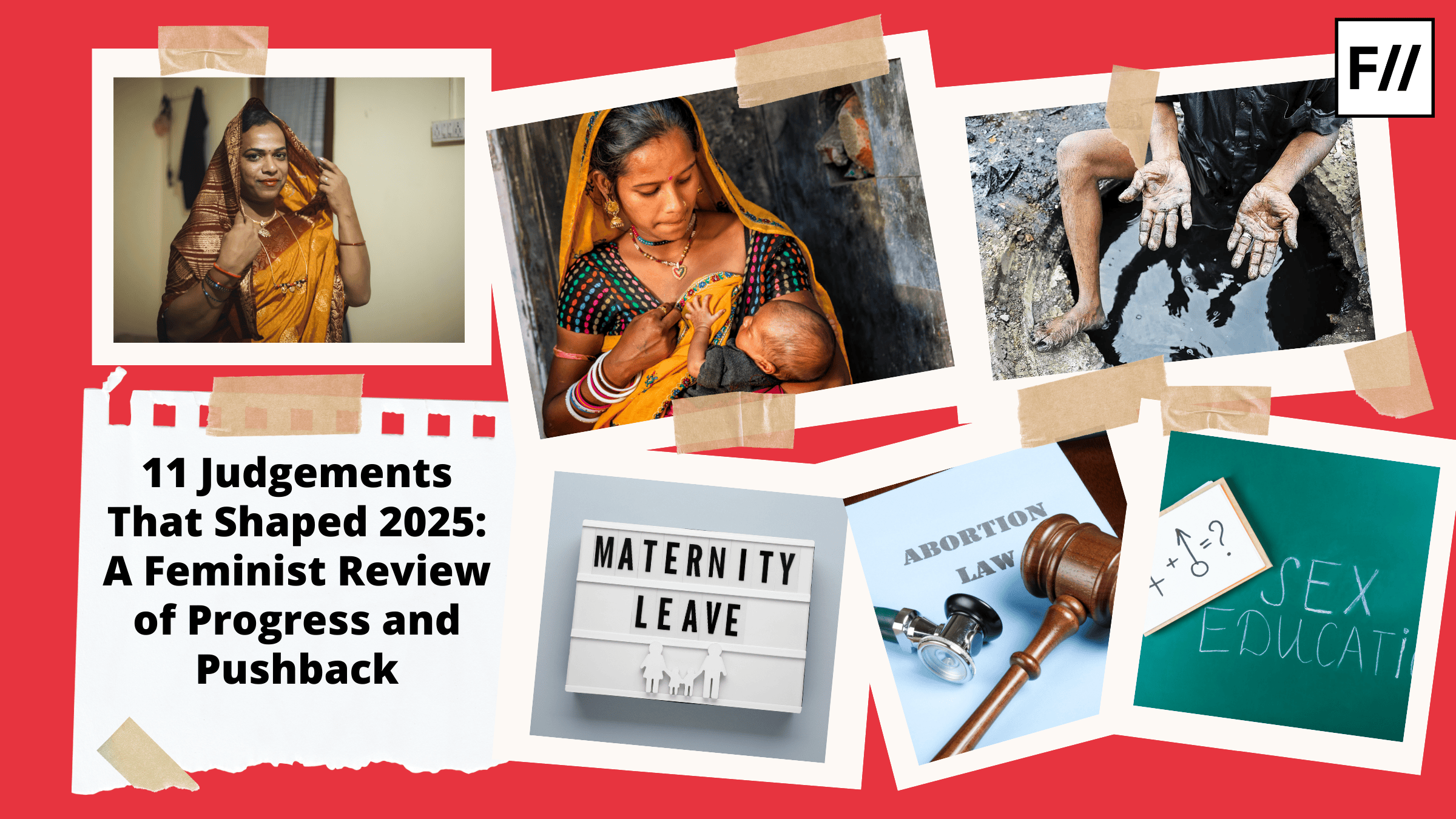We have all seen the “viral” video of two youngsters, clad in school uniform, in a secluded place, allegedly sharing some intimate moments, when they were heckled by a group of locals, who took up a camera to their faces to “record” their immorality. The virality of the video comes at a time when unconsented intimate videos spread like wildfire. These youngsters were no strangers to the number of clicks that the video received. The video is a testament to societal affliction of moral codes.
The young boy seemingly stood up to the group of men and asked the girl to go away since he would be able to handle the hecklers. The young boy seems to contact his mates to ask for help. By its face value, the boy seemed to be aware enough of societal inequalities that would’ve shamed the young girl more if she were to stay there any longer. The adults recording them did not seem to care about her modesty, although they were the ones to police their activities.
The Nipun Saxena v. The Union of India judgement recorded that girls and women, who are victims of sexual offences, are subjected to greater ostracism and slander. The judgment recorded that any disclosure of the sort that identifies the victim shall be penalised. In this scenario, since the relations were between two similarly-aged adolescents and with consent, but the video identified the adolescents, there were no reports of criminalisation. The young girl might have been subjected to similar, if not greater, ostracism. The mention of the viral video, which is one among the many that appear on our social media pages, is made to make an effort to understand the criminalisation of teen sex, the conversation that was recently sparked off by amicus curiae and senior advocate Indira Jaising.
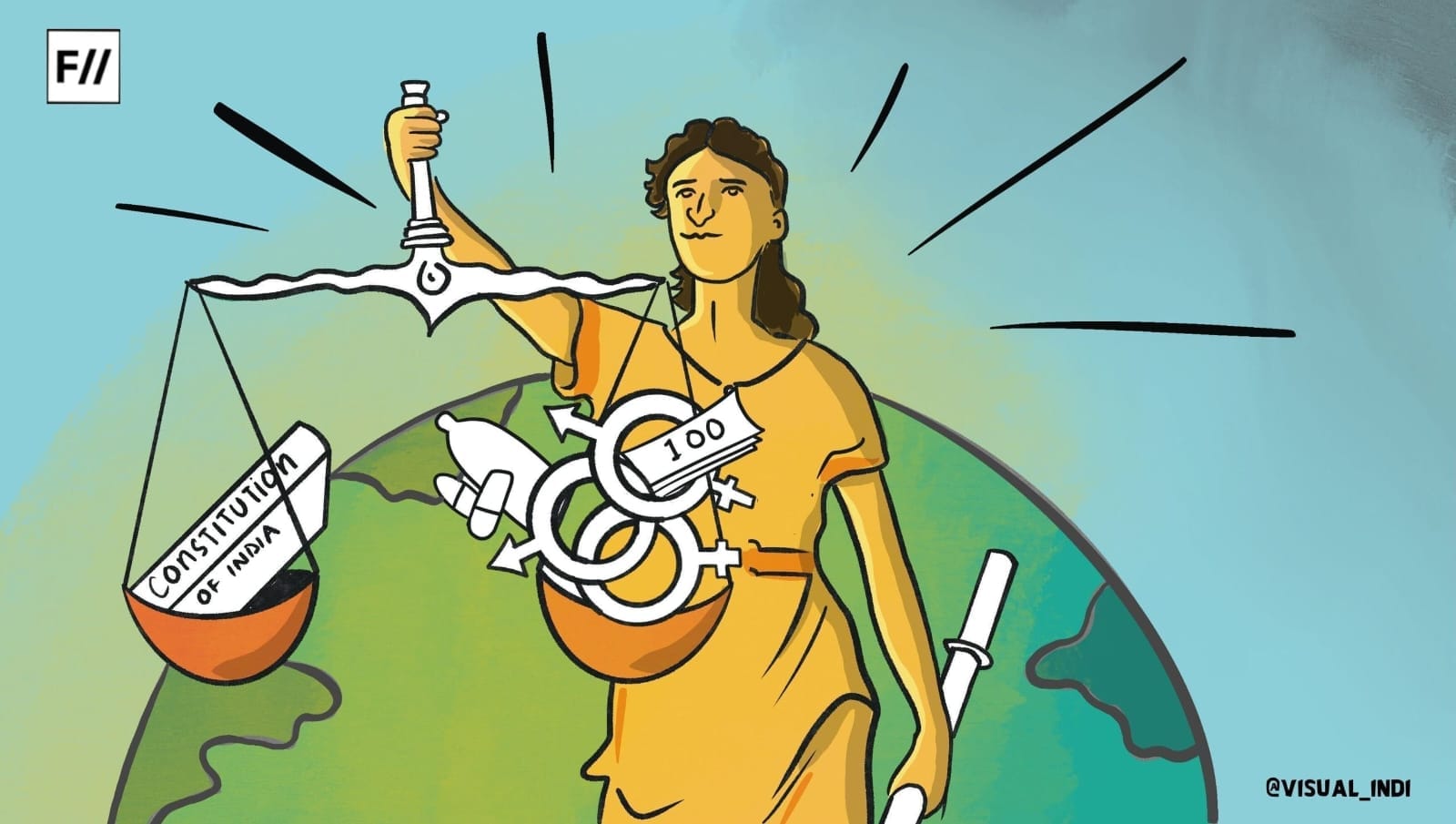
The most important premise of her submission to the Supreme Court requests to remove the term “child” from Section 2(D) of the POCSO to decriminalise consensual sexual activities amongst individuals aged 16-18.
Sensationalism and netizens’ reaction to revising the “age of consent” laws
Given the sensationalised headlines that mentioned Indira Jaising’s submission as a plea to reduce the “age of consent”, netizens jumped to conclusions. Her existence as a woman was called into question since her submission was allegedly advocating for the exploitation of minors. What netizens failed to take cognisance of is that the decriminalisation of adolescent sexual relations does not allow the decriminalisation of sexual relations among adolescents and those over the age of 18. What Indira Jaising advocated for is the introduction of a “close-in-age” exception to prevent the criminalisation of adolescent love.
While news outlets have clarified the entire submission, their misleading headlines act as a thumbnail, and the netizens who don’t seem to read beyond, have expressed their urge to further police children under the garb of “protection”. The anxieties surrounding adolescents’ intimate relations with consent, is not contemporary but date back to the 16th century, according to Foucault’s History of Sexuality, Volume 1, which delineates the structural control over sexuality. Family, according to him, acted as the site of deployment of sexuality by the very control measures that it sought to establish.
Recent research also reported higher sexual activity in adolescent boys who have been subjected to critical and negative parenting. Thus, when the family tries to administer control mechanisms, the opposite happens. Given that the Indian society is built on filial piety and extreme parental control over personal matters, adolescents tend to be wary of restrictions that might be imposed on them if things go awry, and hence, keep it under wraps.
Given that the Indian society is built on filial piety and extreme parental control over personal matters, adolescents tend to be wary of restrictions that might get imposed on them if things go awry, and hence, keep it under wraps.
Secrecy opens the door to unsafe sexual practices, making way for sexually transmitted diseases and teenage pregnancies. A research study based in Britain suggested that open communication with adolescents, specifically regarding contraception, and portraying sexual relations positively, has resulted in greater use of contraception among boys. A State, bent on criminalising adolescent love with consent, has often shown laxity in punishing perpetrators of rape.
A brief review of “age of consent” laws and India’s cultural landscape
A comment on India Today’s Instagram post read, ‘..Inspired by the USA and Afghanistan’. Another user requested ‘Epstein‘ to comment using his real ID. Comments as such seem to blame the West and how its culture is being imported, denigrating the culture of our Indian society. Calling upon Epstein, an infamous predator, on a report about consensual adolescent love is highly insipid. Netizens blame the West for its liberating stance on sexuality (which is highly under attack by right-wing governments), and Muslim-majoritarian nations for their conservatism.
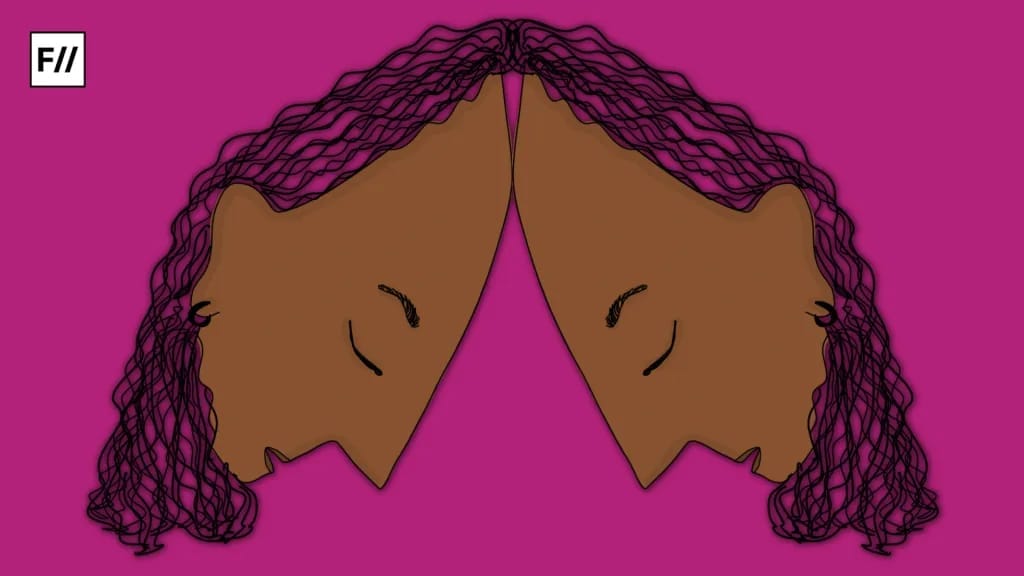
They seem to believe that our culture stands on a pedestal and somehow represents a sweet concoction of both worlds. Tanika Sarkar‘s book titled Hindu Wife, Hindu Nation: Community, Religion, and Cultural Nationalism paints a grim picture of the culture that the netizens pride themselves on. She presents a picture of “Age of Consent” debates in Colonial Bengal, which was sparked by the death of Phulmonee, an eleven-year-old girl, who died of marital rape.
An extract from a Bengali newspaper (Dainik o Samachar Chandrika, 14th January 1891), which furiously “opposed” the Age of Consent Bill that aimed at raising the minimum age of consent for married girls to twelve, read:
‘…it is the injunction of the Hindu Shastras that married girls must cohabit with their husbands on the first appearance of their menses…and all Hindus must implicitly obey the injunction…and he is not a true Hindu who does not obey it…if one girl in a lakh or even a crore menstruates before the age of 12, it must be admitted that by raising the age of consent the ruler will be interfering with the religion of the Hindus…‘.
It is to be noted that prior to this debate, adults, well into their adulthood, could be married to young children, and it would’ve been perfectly acceptable and compatible with societal norms. Thus, an introspection would make one realise that the West’s liberatory stance offers women the autonomy to choose, while the Hindu woman’s body was politicised for therein lay the ‘last remnants of authenticity wherein also lay the promise of a future nationhood‘.
The Centre, in response, rejected the reduction in age of consent plea, since it would make way for its misuse and would blur the line between relationships with consent and exploitation.
The Centre, in response, rejected the reduction in the age of consent plea, since it would make way for its misuse and would blur the line between relationships with consent and exploitation. According to UNICEF’s statistics, one in every four women is married off or in unions before they turn 18. Additionally, the majority of those who were married in childhood gave birth during their adolescence. Thus, the misuse that the Centre is concerned about is already in place, and there’s very less that the Centre does about it. While these marriages or unions do not hold any legality, their social acceptance holds a candle to the realities of Indian society.
The society accepts non-consensual child marriages (including those who are not in the same age bracket), but takes a step back when the decriminalisation of consensual adolescent love, among those aged 16-18, is tabled. It is to be noted that courts are free to use their discretion when dealing with cases of adolescent relationships with consent. Amicus Curiae referred to the 180% rise in POCSO cases that involved adolescents aged 16-18, between the years 2017-2021. She stated that many of these prosecutions are raised by parents of the girls, due to inter-caste or inter-religious conflicts, resulting in the persecution of the boys, even though the relationship was consensual.
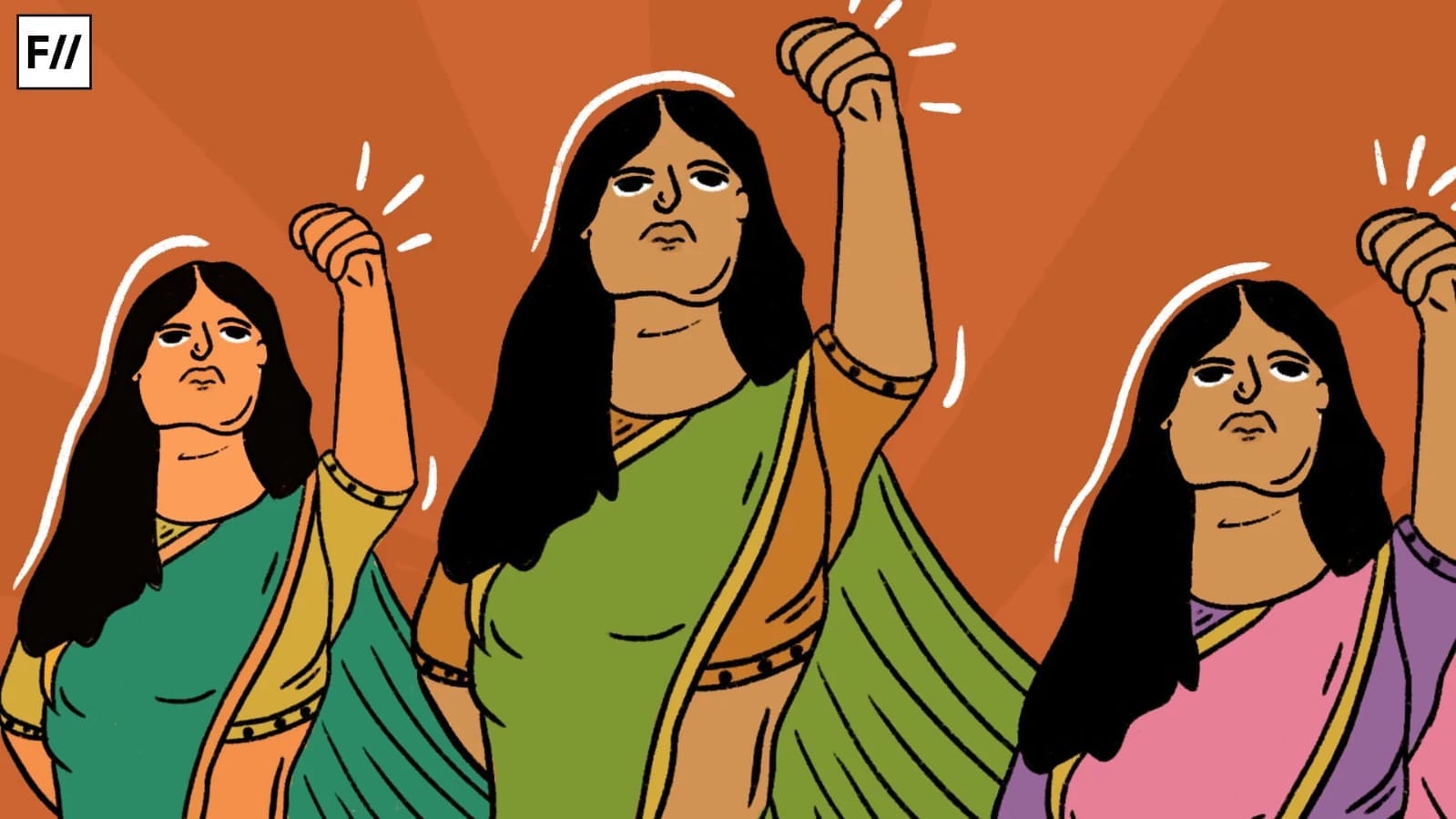
One does not become equipped to make decisions at the stroke of midnight when one turns 18. A child has ‘evolving capabilities’, as stated by the United Nations Human Rights Commission. This instils the fact that they can hold rights under international law. This tells us that children, as they age, can exercise their agency and autonomy. Thus, if “the close-in-age” exception is enshrined in law, neither would bias be able to infiltrate, nor would teenage love be criminalised. Besides, engaging in unsafe activities in secrecy does more harm than criminalising it for the sake of protecting a remnant of “newly-defined” culture, whose history itself reeks of non-consensual marriages between children and adults.
Note: While Foucault offers critical discourse on sexuality, his alleged predatory behaviour towards young boys in Tunisia should not be overlooked.
